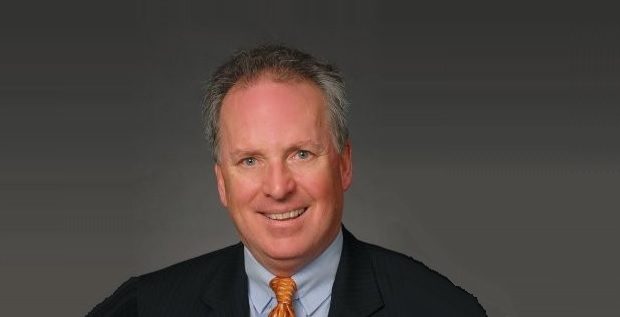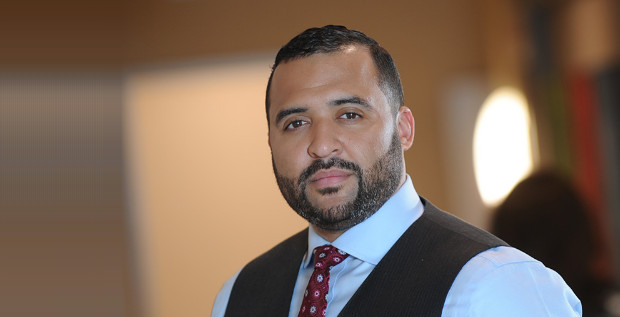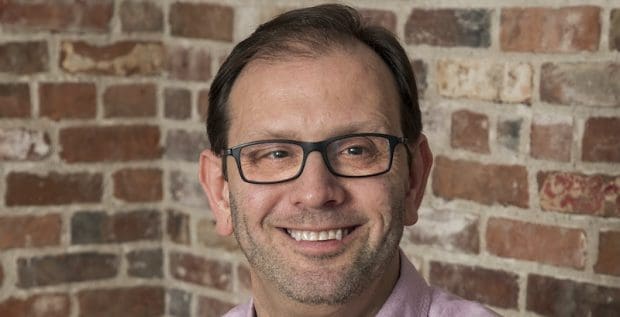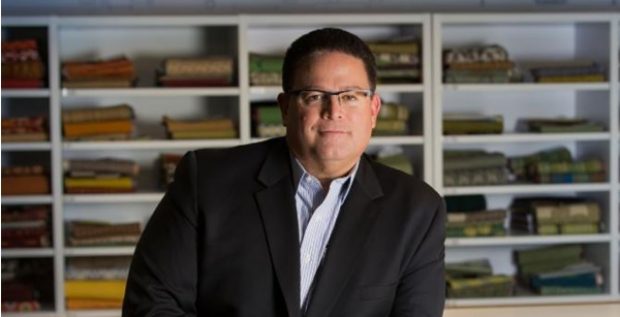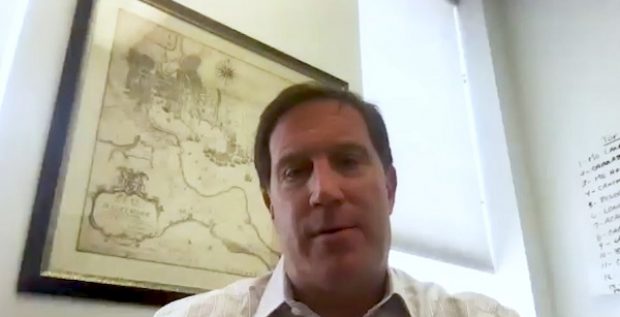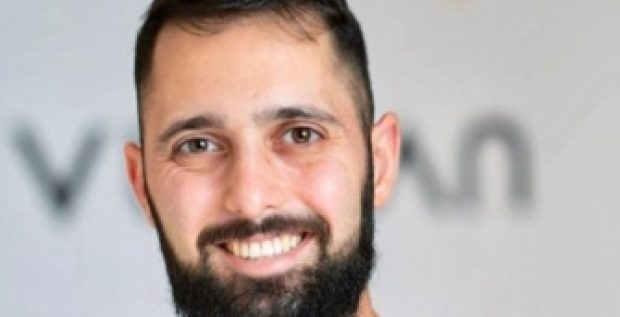Francis Kirley heads Nexion Health, one of the largest nursing home chains in the country. His journey to the top has rarely been easy but always self-made and eventful.
He first fashioned a “fabulous childhood” out of being an orphaned teenager, started work at a pharmacy and put himself through pharmacy school, and became an interim administrator of Martha’s Vineyard Hospital when just 27. Kirley went on to business school, and turned a job loss into exciting and successful entrepreneurship.
“I got to Martha’s Vineyard because a good friend of mine bought the stamp to send my resume to Martha’s Vineyard to apply as a director of pharmacy position,” Kirley recalled in an interview with citybizlist’s Edwin Warfield, underplaying his own proactive role.
In a career spanning over three decades in healthcare, Kirley has learned to be “leaner, meaner and more efficient,” in order to survive. That philosophy has served Nexion well, besides positioning it well for the future.
“We’re looking at acquisitions on a one-by-one basis. Some of our landlords, Omega Healthcare has talked to us about other possibilities. We will add assets that bring synergy and a creative potential to the financial viability. I’m excited for the next five years,” Kirley said in the interview.
EDWIN WARFIELD: I’m Edwin Warfield. I’m honored today to interview Fran Kirley, the CEO of Nexion Health.
Can you provide an overview of your career – Massachusetts College of Pharmacy, interim administrator of Martha’s Vineyard Hospital at 27, Integrated Health System, etc.?
FRAN KIRLEY: I got to Martha’s Vineyard because a good friend of mine bought the stamp to send my resume to Martha’s Vineyard to apply as a director of pharmacy position. Undergraduate degree in Pharmacy from Mass College of Pharmacy and sent my resume in, and said Oh, there’s a great job in Martha’s Vineyard, everyone wants to live in Martha’s Vineyard.
I said, ‘I’ve never been there.’ I got a call back saying, ‘hey, come down for an interview.’ Instead of running the New York Marathon in 1978, I went to Martha’s Vineyard for an interview, got the job. Within a year the CEO was let go and I was the person that was probably the most experienced. I hadn’t got my MBA yet, I’d been working on my MBA at Western New England College, taught myself to fly, commuted to Boston every week by plane, flying to Boston on a plane, private, my little Cherokee that I rented. I came back to the Vineyard every day and became the interim administrator at Martha’s Vineyard Hospital when I was maybe 30 years old.
It was a great opportunity for me. They saw something in me that I thought I had, but it was a great board of directors. The board of directors consisted of Fairleigh Dickinson, owner of Becton Dickinson, John Bennett, the owner of Puritan Bennett, Tom Mendenhall, CEO of Yale University, Jim Spalding of Spalding Sports, so I was sitting at the board when I was 30 years old with what I’d call statesmen of industry. I mean, just fabulous guys, and then (I) became the administrator. Didn’t get the permanent position because they decided to go to a management company, but I ran that for about a year and a half and then from there, leveraged that up and moved and joined the Hospital Corporation of America, when it was a relatively small management company and ran a variety of hospitals in New England for Hospital Corporation of America in Maine, in Massachusetts and Rhode Island, and continued to grow and get larger institutions and more dynamic and felt very comfortable.
I got my master’s degree, finished that, and was able to really feel like I belonged in the healthcare industry. Being a pharmacist gave me a great opportunity to understand medicine and management because I could understand that the clinical side of what we were trying to do as well as understand the financial and management side. It was a great marriage of both education and science.
I became relatively successful as an administrator, moved around with HCA, worked for them for a number of years. I had the opportunity in the early ‘80s to leave HCA and went to an organization that was owned by Buddy LeRoux, who owned the Boston Red Sox back in the ‘80s and got in the rehab hospital business, which was then a very small upstart business, and began to open and I opened two of the first 65 rehab hospitals in this country about 30 years ago; one in Western Massachusetts, one in Haverhill and learned the rehab side of healthcare, which is really where I kind of have continued to grow as my career.
Rehab became a pretty interesting product line. You know, managing strokes and fractured hips and all of the things that occur to a lot of elderly patients, and that product line was something that some people here in Baltimore thought was a great opportunity to put in the skilled nursing facility platform, and that was Integrated Health Services. I got recruited to Integrated because I understood the rehab business on the hospital side and how could we use that product line, and put it into a nursing home environment where we thought we could provide it with the same clinical outcomes at a significantly reduced cost to the industry and that was an explosion of opportunities.
I came to Integrated back in, when I moved to Maryland in 1993. We had 35 nursing homes. When I left in 1999, we had over 440 and we grew that whole rehab piece as an opportunity to provide Medicare services in a predominantly Medicaid and private paid business at that point. It was a nice marriage of skilled nursing and rehabilitation, which has now exploded in the last 20 years. Integrated was an opportunity for me to come and take skills that I had on the rehab side, mesh them into the long-term care side of business, got Medicare as a component of reimbursement and Integrated did quite well under the cost reimbursement model and so that was an opportunity.
At Integrated, I was responsible for two things ultimately. One was, I did all the assimilations of every acquisition we acquired. Of the 440 buildings, I was responsible for assimilating 405 of them into the company. We grew pretty quickly from a 35-building company in 1993-94 to almost 440 buildings in 1999. I spent a lot of time traveling around the country and we went from three states to 43 states. It was a massive organization. Ultimately I began to operate the western part of the United States, everything pretty much. I had 13 states, I had 170 properties, 14,000 employees and really was running a pretty much full-service rehab company, skilled nursing facility, which now has evolved into what’s called a post acute care provider, where post-hospitalization usually go to a skilled nursing facility at this point.
The Integrated experience was fast moving, exciting, energizing, but what I liked about that was that we were being able to provide a service that really wasn’t being delivered in a venue or a platform at that time so, that turned out to be a pretty exciting time. We had the time, before working for two other public companies, Buddy LeRoux, which was called Advantage Healthcare and HCA, I had a good sense of the finances, the financial components of how to run a business. Integrated struggled with that, I mean that was not their forte. They were not as clinically and financially strong as they needed to be. I brought to them, I think, a good mixture of understanding how to provide quality services and still make it financially viable.
Connect with Fran on LinkedIn







